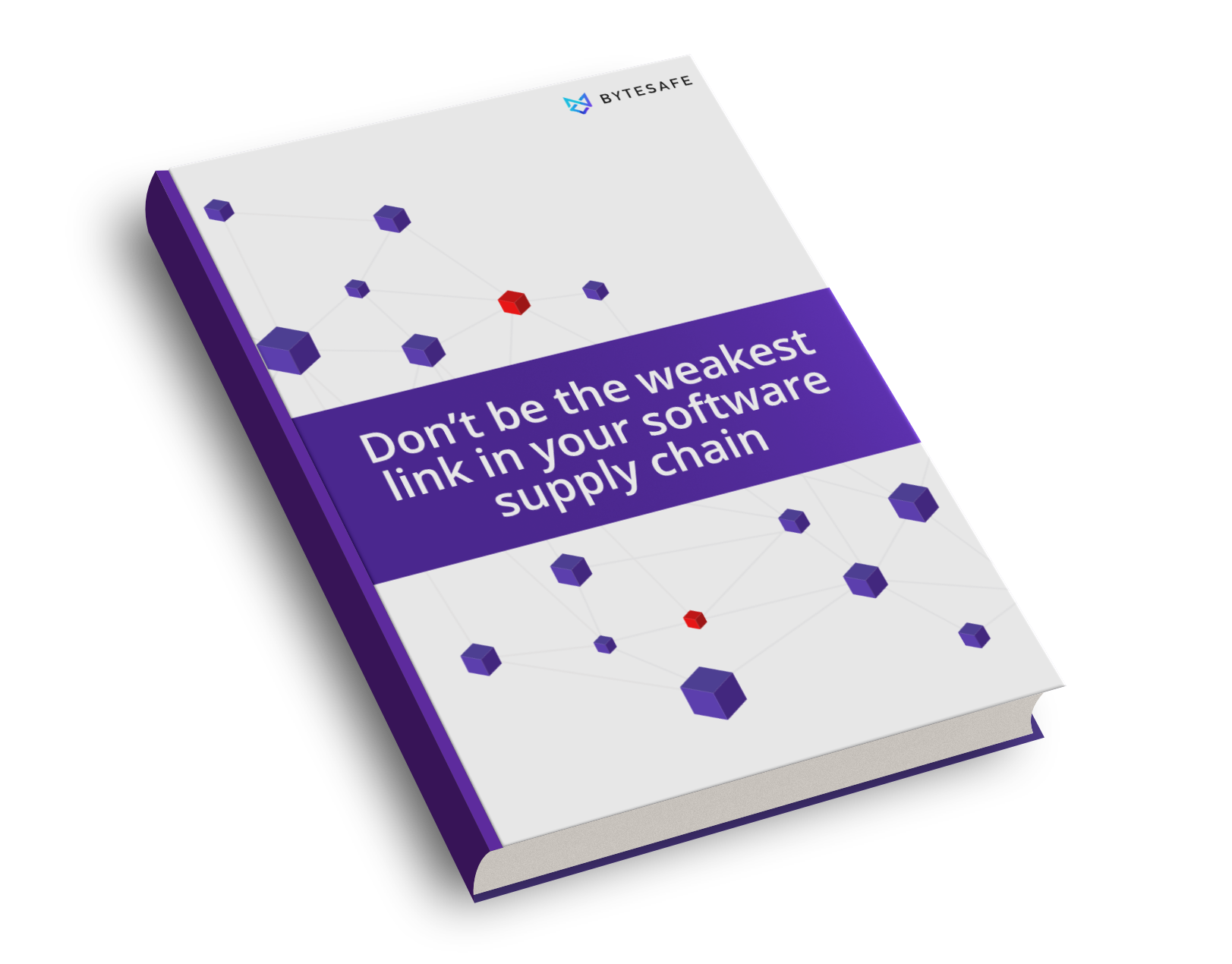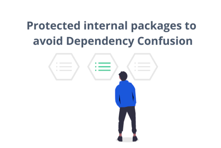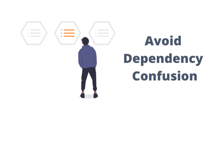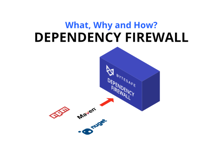How is a Dependency confusion attack performed?
Dependency confusion is a rising sneaky cybersecurity threat in which attackers upload malicious code into trusted software supply chains.
Dependency confusion is a supply chain attack that has gained notoriety in recent years. It was first discovered and reported by security researcher Alex Birsan in 2021, who was able to successfully execute the attack against several high-profile companies such as Apple and Microsoft, earning substantial bounty rewards in the process.
To perform a dependency confusion attack, attackers upload malicious code packages with the same name as private ones to public package registries. Normally a version of the private package is installed from the company’s private registry, but package managers detect a newer version in the public registries, they can be tricked into installing those instead. Once a developer or a CI/CD system downloads and installs the attacker’s package, the malicious code is executed on their system.

By exploiting weaknesses in software supply chains, hackers can upload malicious code into trusted systems and gain access to sensitive data or take control of systems. The threat of dependency confusion highlights the importance of maintaining strong cybersecurity practices to protect against emerging cyber threats.
Using tools like npm for JavaScript packages or pip for Python packages makes it extremely simple to install third party open source software. What many forget to reflect on is the level of trust we put in these tools. They are pre-configured to use the public registries (repositories/feeds) where anyone can publish a package. Essentially maintaining open source security is assumed to be taken care of by each developer. An assumption that history shows is likely to expose your applications to high risk. Not all maintainers can be trusted and nor can the public registries guarantee that all packages are free from malware or other malicious code.
While Alex Birsan’s discovery brought attention to the issue, the threat of dependency confusion continues to be a challenge to this date for many organizations. Since then the attack surface expands and the sophistication of attacks increases.
The Far-Reaching Consequences of Dependency Confusion Attacks
Dependency confusion attacks pose a significant cybersecurity threat, impacting companies, customers, end-users, and the software development ecosystem. Below we’ll explore the far-reaching consequences of these attacks and their lasting effects.
Data Breaches and Service Disruptions
Dependency confusion attacks can lead to severe data breaches, exposing sensitive information and causing financial losses, reputational damage, and potential regulatory penalties. Additionally, these attacks can disrupt services, resulting in downtime, lost customers, and operational inefficiencies.
Customer and End-User Risks
Customers and end-users also face risks from these attacks if they use software with malicious open source dependencies. Risks include identity theft, stolen credentials and worst case fully compromised systems.
Erosion of Trust in Software Development
Increasing dependency confusion attacks can erode trust in the software development ecosystem. This climate of mistrust may lead to reduced adoption of new software, hindered innovation, and increased development costs. Balancing security vs velocity, but speed of development should never come at the cost of security.
Conclusion
The far-reaching consequences of dependency confusion attacks emphasize the need for robust security measures. By understanding the implications and working with smart tools to combat these threats, we can maintain a secure software development landscape.




